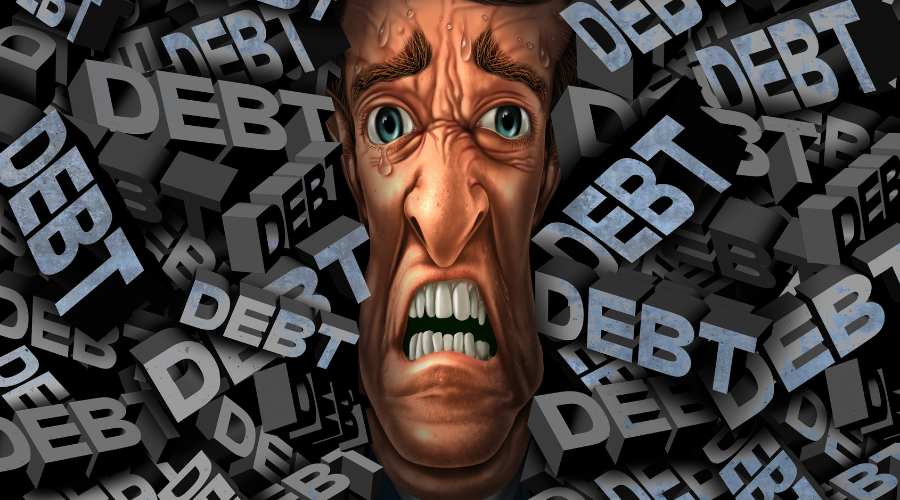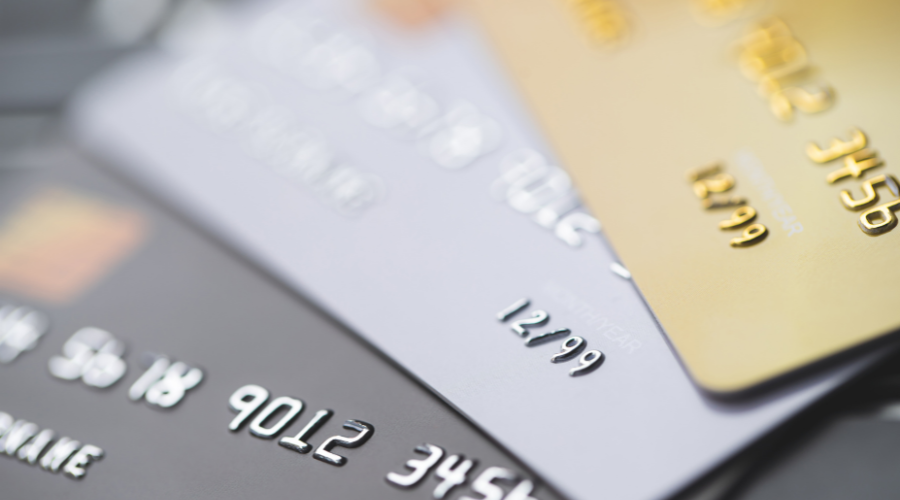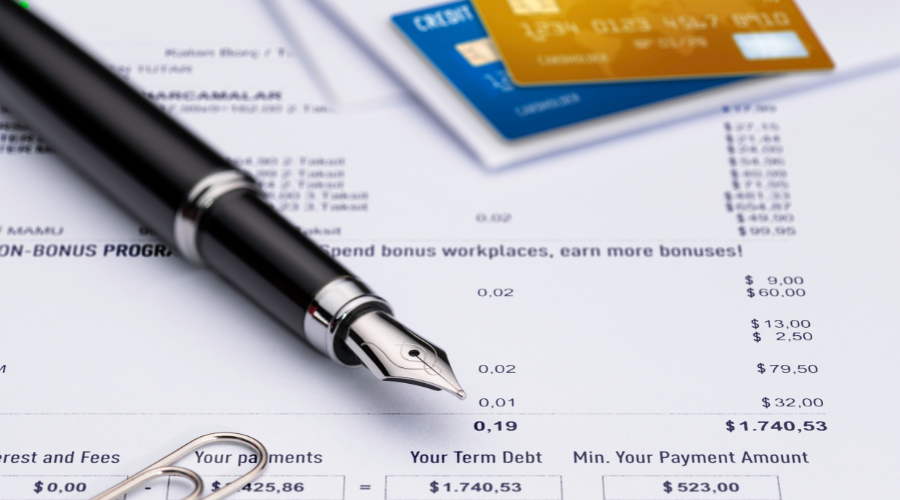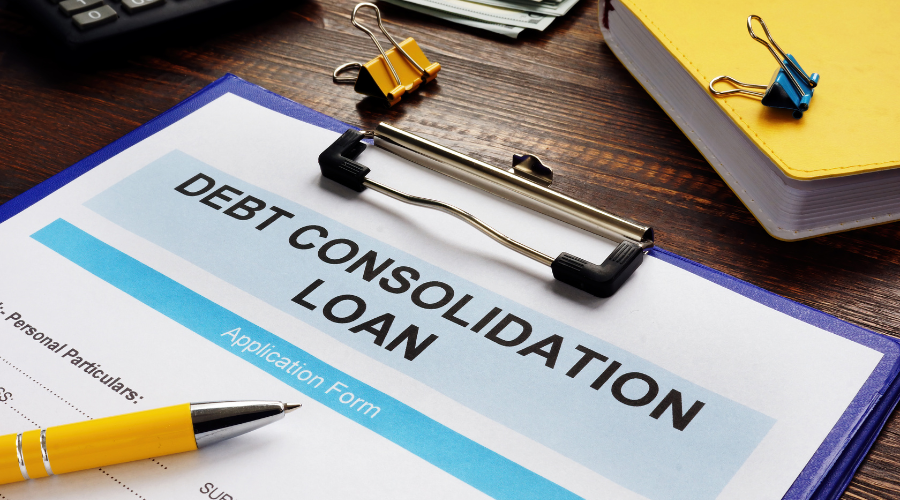
When preparing to pay off debt, you might look at it and not know where to begin. You can choose from several methods to get it done, depending on what you want to do first. You can start with the smallest or the debt with the highest interest rate.
You could also start with the debt with the largest balance or consolidate. Your choice depends on how soon you have to pay the debt off, how much money you can throw at it, and your personality.
Cost Saving: Prioritize by APR
If you are more interested in saving money over time, paying off the debt with the highest interest rates is the way to go. This method is often referred to as the “avalanche” method and is the way most experts recommend. Though it might seem like it’s taking a long time to pay off the debt, in fact, it is the fastest way.
Let’s say you have two credit cards – one with an APR of 25 percent and the other with an APR of 28 percent. You also have a personal loan at the bank with an APR of 5 percent, a car loan at 7 percent and a mortgage at 3 percent.

List the debts by highest APR along with the balances:
- Credit Card #2: $20,000 APR 28 percent.
- Credit Card #1: $15,000 APR 25 percent.
- Car loan: $18,000 APR 7 percent.
- Personal loan: $6,000 APR 5 percent.
- Mortgage: $160,000 APR 3 percent.
The first credit card charges you 28 percent, which is about $347 per month in just interest if the payment is $472 per month. The second card charges you 25 percent, which is about $187 of a $400 payment. These amounts are if you keep those balances over time.
You can get rid of this wasted money by:
- Going through your budget and making cuts where ever you can. Let’s say you “find” $300 per month.
- Add all the “free” money you “found” monthly after making cuts.
- Write this number down and subtract the minimummonthly payments for all your debt from that amount.
- Add in the minimum monthly payment for the first credit card. This is what you can pay on that balance every month. Your monthly payment will be $772 per month.
If you make more than the minimum payment on other debts, just make the minimum payments. You can use the extra money to pay down the first debt faster.
Once you pay the first debt off, add the payment you made on it to the minimum payment of the second card. Thus, you would have $772 plus the $400 minimum payment on the second credit card for a total of $1,172 per month to pay on the second credit card.
You can see how the monthly payments get larger and larger as the debt dwindles – and dwindles quickly.
The next debt is the car payment debt of $18,000, which will be lower by the time you pay the extra payments. You’ll pay that off in no time, as well as the personal loan. By the time you are finished, you could save thousands of dollars on the mortgage by continuing and paying the mortgage off early.

Momentum: Prioritize by Lowest Balance
If you’re impatient and want to see the debt fall away faster, you might have more motivation to cut back on fun stuff and pay if you can see debt going away fast. In that case, you would use the same method as above but start with the debt with the lowest balance. Getting the small debt paid off gives you the motivation to keep plugging away until you erase all debt.
This is called the snowball method because you “roll up” the smallest debts one at a time. As with the avalanche method, add the minimum payment to the payment you paid on the first debt. Each debt will have a higher amount going toward the principal, and you’ll pay it down faster, but not as fast as the avalanche method.
Prioritizing by Largest Balance
Sometimes the most important debt to pay off isn’t the smallest balance or the highest interest rate. Instead, you just want to get a huge bill out of the way. This is the least common method of paying off debt because you could still be paying higher interest rates, which means you are spending more money per month than you have to.
You might decide to pay off the largest balance first if:
- You need to pay it off before a promotion period with low or zero interest ends.
- Some of the balance on the credit card has a higher APR because you took out a large cash advance.
- You need to get rid of a debt because you divorced, and you agreed to pay the joint account off.
- The larger balance caused your debt-to-income ratio to increase above 30 percent, which affects your credit score.
Once you get that hassle out of the way, you can switch to the avalanche method – paying off the debt with the highest interest rate first.

Debt Consolidation
If all the interest rates on your debt are high or it will take you longer than five years to pay off all debt except for a mortgage, you might consider debt consolidation. You can take out a loan with a lower interest rate to pay off all credit cards, personal loans, and possibly vehicle loans.
This method is not the best, but it’s not the worst. You’ll still save money because the interest rate is lower. And, you’ll have the convenience of paying one payment instead of several. If you can pay extra on the loan, you’ll pay it off sooner.
Debts to Pay First
When cutting back, keep in mind that you should not touch certain debts, such as money owed to the Internal Revenue Service, your mortgage and car payments. You need a roof over your head, a way to get to work, and you certainly don’t want to “upset” the IRS. Their penalties are outrageous, so IRS debt should be paid first.
That doesn’t mean you have to pay it off – just make sure you have enough to make those three payments before you budget for other debt repayment.
Learn More About Saving
Even when the economy is soaring, you can still use these tips to save money for a special project or retirement. Read the rest of the articles in this series to learn more about saving money:
- A Guide to Handling Inflation: Shopping Smart
- A Guide to Handling Inflation: Investing in Stocks on Sale
- A Guide to Beating High Interest Rates: Choosing the Right Mortgage or Loan
- A Guide to Handling Inflation: Lowering Monthly Bills







